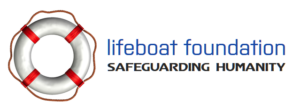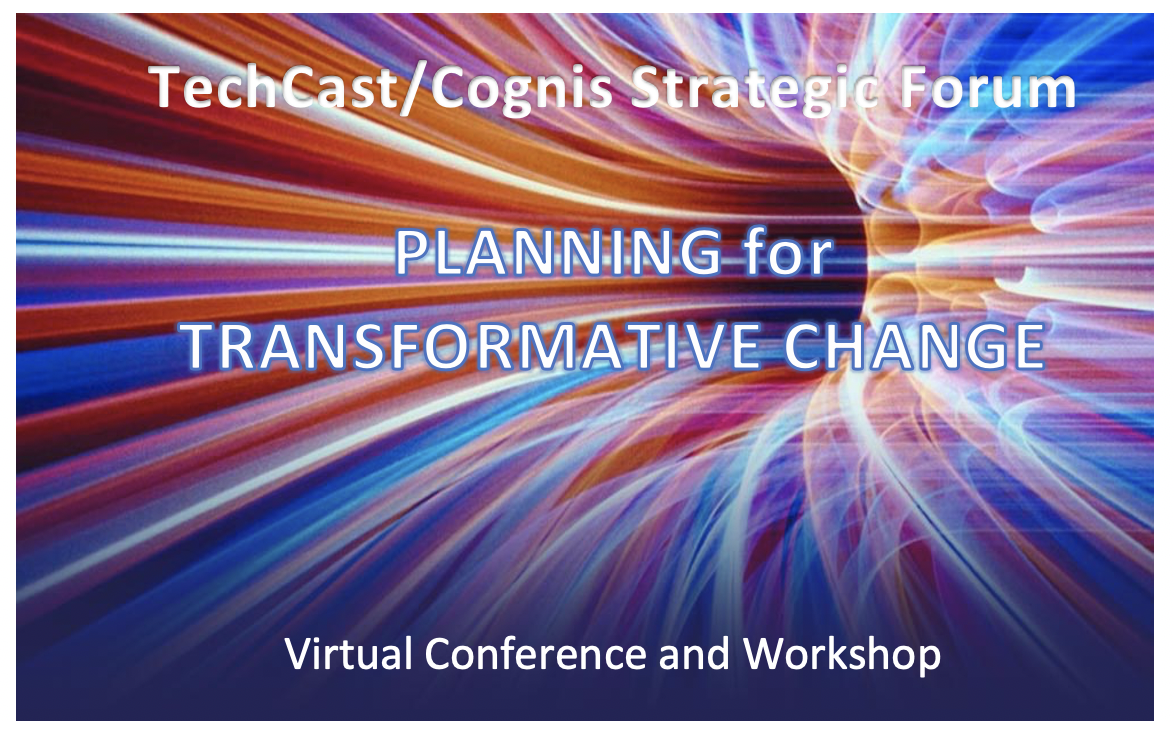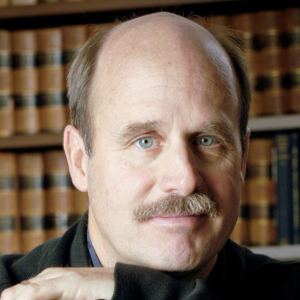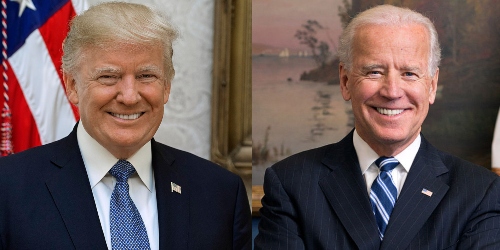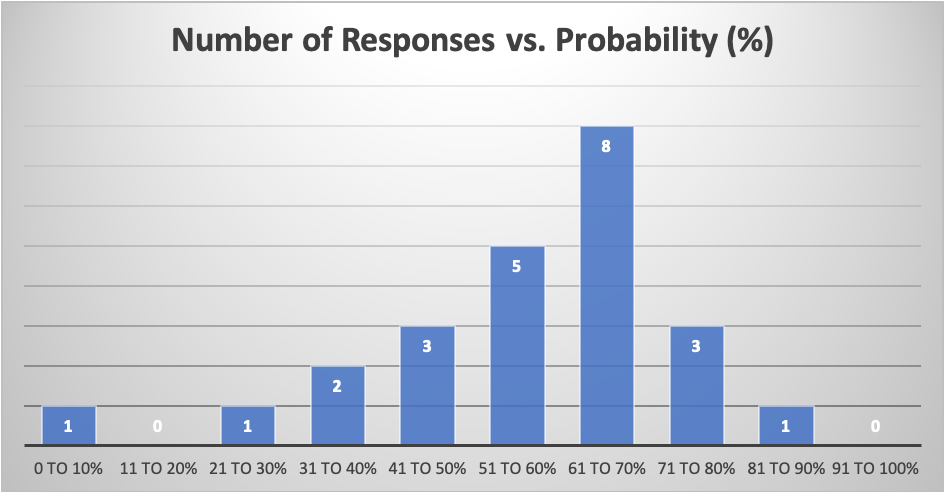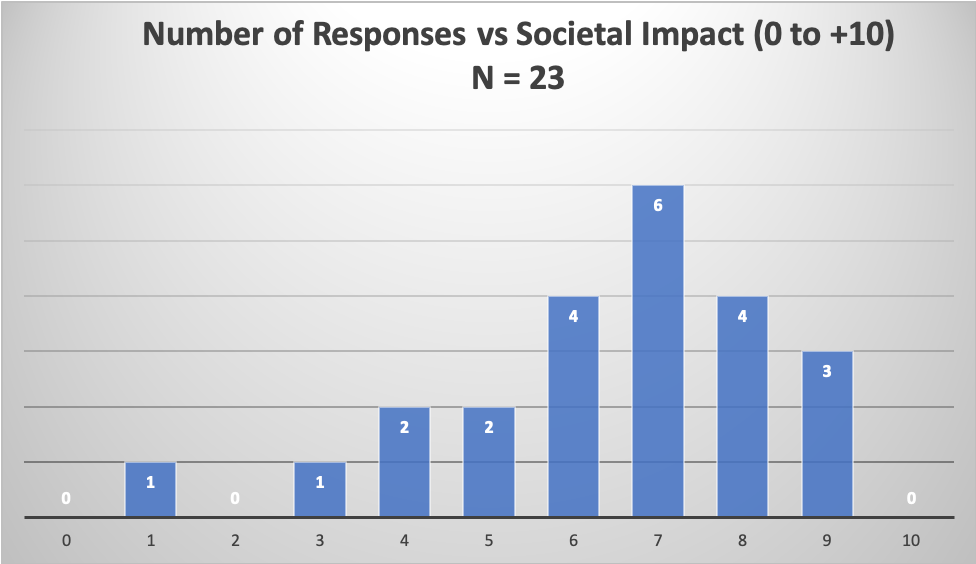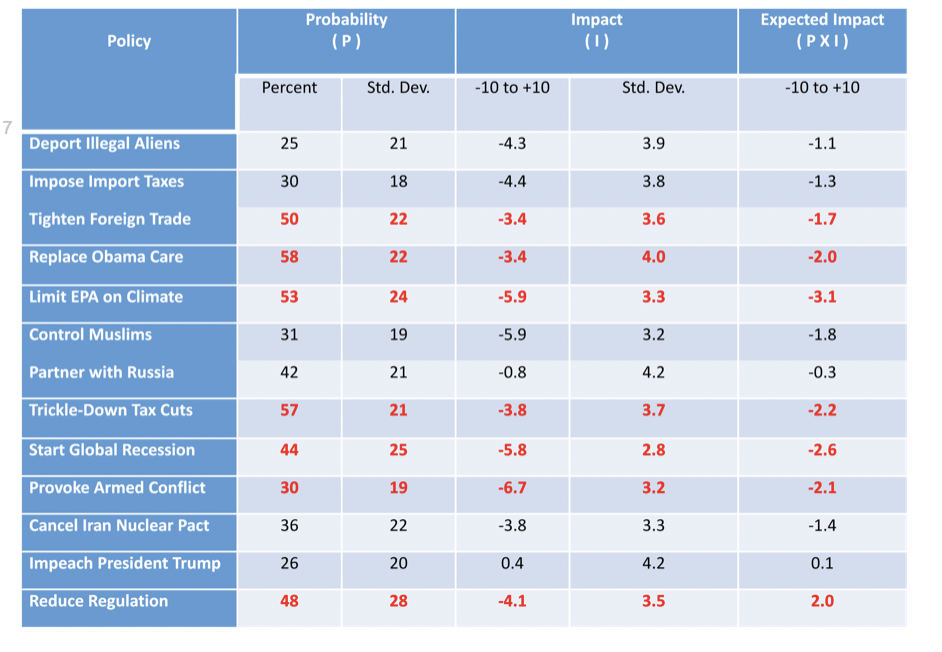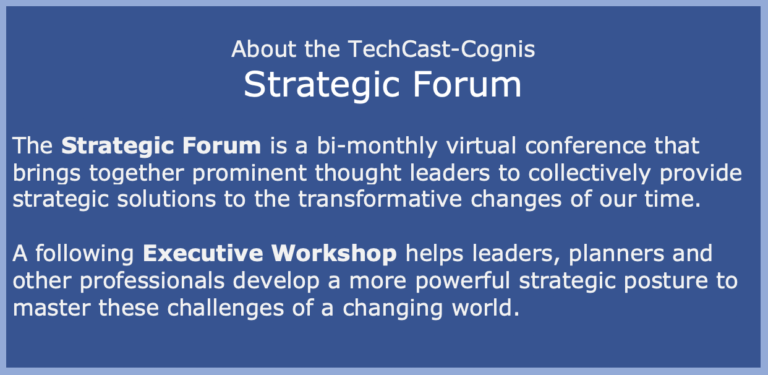
The First
Strategic Forum –
Planning for Transformative Change
The pandemic and other threats like climate change pose an existential challenge to organizations everywhere, and they have made it clear that the present global order is not sustainable. The World Economic Forum called for “A Great Reset” in all spheres of society. Leaders in business, government and other institutions need to plan for transformative change – NOW.
The TechCast Project draws on its leading research to bring authoritative studies on the crucial issues of today to a broader audience. See our work on Global Consciousness, The Coming Internet, Redesigning Capitalism, Forecasting the Presidential Election, and AI versus Humans.
Complimentary Admission
Anyone with an interest in strategy, foresight, future studies and related fields is encouraged to attend.
Conference Begins at 2000 UTC (coordinated universal time) and ends at 2130 UTC
Wednesday, June 30, 2021
1 pm PDT (Los Angeles, San Francisco)
4 pm EDT (New York, Washington, DC)
9 pm daylight time (London)
10 pm daylight time (Paris)
Thursday, July 1, 2021
6 am standard time (Seoul, Tokyo)
7 am standard time (Sydney)
PROGRAM
Conference Host
Limor will open the conference by welcoming participants, introduce speakers and their topics and direct questions through the chat function to speakers. She is a skilled facilitator and will ensure that the proceedings are productive and transparent.

Limor Shafman
Director, Strategy & Operations, LG NOVA Center
And a Frequent Speaker
At the LGC NOVA Center, Limor is part of a startup/scaleup challenge and incubation program for LG Electronics, activating on the company’s global innovation program. Prior to this, Limor co-founded TIA’s Smart Building Program. With her consulting company, KeystoneTech Group, she worked with PropTech startups on market strategy and business development. She co-leads the NIST – Global City Teams Challenge Smart Buildings SuperCluster. As an international corporate attorney, Limor draws on her understanding of the digital environment from her work in the theme park, video game, mobile communications infrastructure, and other technology sectors. She has led technology-oriented organizations, serving as President of the World Future Society DC Chapter and Co-founder, Chair Emeritus of the IPv6 Forum Israel Chapter. Limor is also an international speaker and a moderator. She has been a show host for several online media outlets.
Global Transformation:
Most Likely Scenario for 2030
Bill draws on his work at TechCast to provide forecasts of 50 emerging technologies, 30 social trends, and 25 wild cards. Results are aggregated to provide a macro-forecast of the “Most Likely Scenario for 2030” — Sustainability Arrives, Green Transportation, Infinite Knowledge and Intelligence, Mastery Over Life, Threats Across the Spectrum and Higher-Order Values. We conclude with the theme of Prof. Halal’s forthcoming book, Beyond Knowledge: Digital technology is now driving a shift to an “Age of Consciousness.”

William Halal
The TechCast Project
George Washington University
Bill is Professor Emeritus of Management, Technology and Innovation. He is founder and director of the TechCast Project and a thought leader in foresight, strategy, forecasting and related fields. For more, see www.BillHalal.com
State-of-the-Art in Strategy and Foresight: Constant Change from the Bottom Up And the Outside In
Jess and Bill summarize results of their recent survey of strategic foresight practices to outline how strategic foresight is changing to cope with the technology revolution. The study’s main conclusion is that organizations should develop “constant change from the bottom up and the outside in.”

Jess Garretson
CEO, The Cognis Group
As leader of this life sciences consultancy firm, Jess provides leadership for the company portfolio that includes IP research, consulting and strategic partnering services, Pharmalicensing.com and FutureinFocus.com–an online subscription services curating foresight reports on technology and innovation trends driving the next 10-20 years. Many years of experience in both corporations and consulting provided a multi-faceted perspective for driving solutions most critical to brand and business development.
William Halal
The TechCast Project
George Washington University
(See bio above)
Keynote Speech:
The Time For Transformation Is Now
Hazel Henderson draws on a lifetime of work in future studies to suggest what families, organizations, nations, and all of us can do to actually create transformative change. How do futurists and strategists get their attention? What strategic “processes” do we recommend? How can this Strategic Forum provide leadership?

Hazel Henderson
Futurist, Author, Speaker, Consultant
President, Ethical Markets
Hazel Henderson is a global futurist and her eleven books and current research continue to map the worldwide transition from the fossil-fueled Industrial Era to the renewable circular economies emerging in a knowledge-rich, cleaner, greener and wiser future. Ethical Markets Media Certified B. Corporation, which Hazel founded in 2004 after 20 years advising the Calvert Group of socially-responsible mutual funds, continues the work of reforming markets and metrics to guide investors toward our long-term survival on planet Earth. In the 1960s, with the help of a volunteer ad agency and enlightened media executives, Hazel organized Citizens for Clean Air to inform New Yorkers of the polluted air they were breathing. They showed the late Robert F. Kennedy, then running for his Senate seat, all the sources of this pollution and why they were campaigning to correct the GDP to subtract, not add, these pollution costs. Kennedy’s speech on the GDP problem at the University of Kansas became a rallying cry for reform of this obsolete indicator, still too often quoted as a measure of national “progress“! In 1975, Hazel joined Lester Brown on the founding board of the World Watch Institute, and again, she was forced to face up to this Global MegaCrisis at every board meeting, as the human effects on planetary ecosystems deteriorated. For more, see Hazel’s recent presentation at the Family Office Forum in Singapore, March 5th. Hazel can be reached at hazel.henderson@ethicalmarkets.com
Following Executive Workshop
($195 Admission)
The Workshop begins 30 minutes after the Conference ends (2200 UTC).
This Executive Workshop follows the above Conference to assist leaders, planners and other professionals in drawing on the presentations to develop a more powerful strategic posture. In this workshop, you will review the presentations of the previous speakers and assess the impact on your current strategic posture. In a small working group of your peers, you will discuss needed adjustments to account for the anticipated changes. Each group will report their key findings to the entire group. You will come away with a comprehensive set of insights and actions that you can take back to your organization and bring your overall strategy into greater alignment with the transformative changes that lie ahead.

Art Murray
President/CEO, Applied Knowledge Sciences, Inc.
Assisted by Limor Shafman and Bill Halal
Dr. Art Murray is co-founder of Applied Knowledge Sciences, Inc. where he has served as CEO for over 27 years. Since 2005, he’s been the Director of the Enterprise of the Future Program at the International Institute for Knowledge and Innovation. He’s the author of “Deep Learning Manual: the knowledge explorer’s guide to self-discovery in education, work, and life,” and “Building the Enterprise of the Future: Co-creating and delivering extraordinary value in an eight-billion-mind world,” and KMWorld magazine’s popular column: “The Future of the Future.” He holds a B.S.E.E. degree from Lehigh University, and the M.E.A. and D.Sc. degrees from the George Washington University.
Small group breakout discussions and reporting.
Readings:
- Updating Strategy for a High-Tech World: Constant Change from the Bottom Up and the Outside In
- Through the MegaCrisis (Awarded “Outstanding pape of 2013” by Emerald Publishing)
- VALUING LOVE ECONOMIES: Revealed as Driving Positive Human Evolution!
Register Here for the June 30 Conference
Offer Donations to the June 30 Conference
Register Here for the June 30 Workshop
To clarify questions about the program or other issues, email Prof. Halal at Halal@GWU.edu
Second Conference of the Strategic Forum
July 28, 2021
Foresight Lessons From the Pandemic:
Implications for Strategy Formulation and Response
Ideally, foresight precedes strategy formulation, but in moments of crisis normal order must be abandoned and foresight and strategy inevitably unfold together in real-time. We will offer a set of lessons learned from conducting a major Delphi-based scenario foresight project during the darkest days of the unfolding pandemic and reflect on the long-term implications for how foresight and strategy can more effectively blend in the face of deep uncertainty.
Jerome Glenn
CEO, The Millennium Project
Jerry is the co-founder of the Millennium Project with 67 Nodes around the world. He is also lead author of the State of the Future reports, co-editor of Futures Research Methodology 3.0, designed and manages the Global Futures Intelligence System. Glenn led The Millennium Project team that created the COVID-19 scenarios for the American Red Cross and lead-author for Scenario 1: America Endures, the baseline, surprise fee scenario.
 Theodore Jay Gordon
Theodore Jay Gordon
Futurist and Management Consultant
Ted is a specialist in forecasting methodology, planning, and policy analysis. He is co-founder and Board member of The Millennium Project. Ted founded The Futures Group, was one of the founders of The Institute for the Future and consulted for the RAND Corporation. He was also Chief Engineer of the McDonnell Douglas Saturn S-IV and S-IVB space vehicles and was in charge of the launch of space vehicles from Cape Canaveral. He is a frequent lecturer, author of many technical papers and several books dealing with space, the future, life extension, scientific and technological developments and issues, and recently, co-author of books on the prospects for terrorism and counterfactual methods. He is the author of the Macmillan encyclopedia article on the future of science and technology. He is on the editorial board of Technological Forecasting and Social Change. Mr. Gordon was a member of the Millennium Project team that created scenarios for the American Red Cross. Ted was responsible for the negative scenario that depicted a bleak but plausible future; this scenario contains many assumptions about the unknowns, but in the end seems endurable and plausible.
Paul Saffo
Forecaster
Paul is a Silicon Valley-based forecaster who studies technological change. He teaches at Stanford where he is an Adjunct Professor in the School of Engineering and is Chair of Future Studies at Singularity University. Paul is also a non-resident Senior Fellow at the Atlantic Council, and a Fellow of the Royal Swedish Academy of Engineering Sciences. Paul holds degrees from Harvard College, Cambridge University, and Stanford University.
Readings:
- Three Futures of the Covid-19 Pandemic in the US, January 1, 2022.
Complimentary Admission
Anyone with an interest in strategy, foresight, future studies and related fields is encouraged to attend.
Conference Begins at 2000 UTC (coordinated universal time) and ends at 2130 UTC
Wednesday, July 28, 2021
1 pm PDT (Los Angeles, San Francisco)
4 pm EDT (New York, Washington, DC)
9 pm daylight time (London)
10 pm daylight time (Paris)
Thursday, July 29, 2021
6 am standard time (Seoul, Tokyo)
7 am standard time (Sydney)
Register Here for the July 28 Conference
Offer Donations to the July 28 Conference
Register Here for the July 28 Workshop
To clarify questions about the program or other issues, email Prof. Halal at Halal@GWU.edu
Coming Speakers
The Emerging Global Consciousness
It is increasingly clear that a major shift in values, beliefs and ideology is needed to make sense of today’s turmoil and to grasp the outlines of the emerging global order. This session presents a vision of global consciousness developed by TechCast’s study to resolve the Global MegaCrisis.
William E. Halal
The TechCast Project
George Washington University
(See bio above)
Story Thinking
A strategic organizational posture that balances collaboration with competitiveness requires a deeper understanding of common ground, and that understanding is found in stories. Beyond storytelling, story thinking provides the visualization of story structure as the holistic business, learning, and communication model. The foundational shared mental model of “process” which was adopted in the Second Industrial Revolution must expand into a shared mental model of “story” to thrive in the Fourth Industrial Revolution, given it is based on intelligence, not electricity. Carl Jung said, “You are IN a story, whether you know it or not.” Operationalizing this quotation is the goal of story thinking, and is the key to thriving within transformational change.

John Lewis
Coach, Speaker, Author, Story Thinking
Dr. John Lewis, Ed.D. is a consultant, coach, and is speaker on the topics of human capital and strategic change within the knowledge-driven enterprise. He is the author of Story Thinking, which is about the major organizational challenges related to the Fourth Industrial Revolution and ways for visionary leaders to begin addressing them now by rethinking traditional views of change, learning, and leadership. He is also the author of The Explanation Age, which Kirkus Reviews described as “An iconoclast’s blueprint for a new era of innovation.” He is the current president of EBLI (Evidence-Based Learning Institute) and holds a Doctoral degree in Educational Psychology from the University of Southern California, with a dissertation focus on mental models and decision making.
Keys to Open Innovation
Many of the world’s most successful business models, companies, and products were born from the synthesis of necessity and collaboration. “Open Innovation” is not a new concept, but rather one that demands increasing attention and robust implementation in the rapidly accelerating technology innovation lifecycle. Despite the success stories, many organizations have not yet fully embraced the concept of leveraging external innovation, as internal stakeholders often mistakenly perceive threats and underestimate opportunities that may arise from partnerships. This discussion will explore the careful balance that must be achieved and maintained between legacy internal processes and the augmented capabilities of external resources.

Anthony Cascio
Director of Research & Engineering
The Cognis Group
Anthony Cascio leads the Cognis team responsible for intellectual property analytics & landscaping, technology scouting, and partnering search engagements. For over twelve years, Anthony has consulted with clients ranging from the Fortune 500 to startups in a broad array of high technology industries related to both the life and physical sciences. He provides unique insight alongside validation to help guide each client’s strategic direction and identify new technology-related business opportunities. Anthony studied electrical engineering at the University of South Florida while conducting research in electronic materials characterization and electrospray deposition of macromolecular structures.
Staying Safe in a Digital World
Each day the news is filled with stories about computer crime and hacking which affect our financial institutions, banks, small businesses, large corporations, hospitals, retail stores and threatens to steal even our own identity. Cybersecurity refers to the practice of defending computers, networks and data from malicious attacks. We will provide an overview of aspects of cybersecurity including viruses, phishing, social engineering, identity theft and personal privacy as well as threats to the Internet of Things and physical security and provide tips on how to protect yourself and your organization from these threats.
Steven Hausman
Futurist and Speaker
Former Administrator, National Institutes of Health

Which data, what data, what futures: cybersecurity from the cloud to the brain cloud
We live our existence in a space we see, smell, hear, touch, and taste. However, for the last 10 years, this is not just all the space our existence is lived. We spend an ever-growing part of our time in cyberspace, in a global domain within the information environment where our digital life carries on — but for which nature did not equip us for sense-making. In this talk we will explore the strategic structure of cyberspace and its implications, to then broaden our aperture looking at trends for both near future and deep futures.
Gabriele Rizzo
Visionary Futurist and Enthusiastic Innovator
Former Advisor to the Minister of Defense for Futures
Dr. Gabriele Rizzo, Ph.D., APF, holds a PhD in String Theory and Astrophysics. He is the NATO’s Member at Large (“world-class expert drawn from academia, industry or government from the Nations”) in Strategic Foresight and Futures Studies, and the former advisor to the Italian Minister of Defense on Futures. He is a member of the Strategy Board of the European Cyber Security Organization, a PPP worth $2B. Dr. Rizzo’s works inform $1T (one trillion USD) worth of Defense planning, some were evaluated “important pillars of strategy and implementation of R&I” by the EU, and others shape industrial investments in Research, Development and Innovation for more than $20B in 2020.
Proudly Produced by:
Sponsored by:

